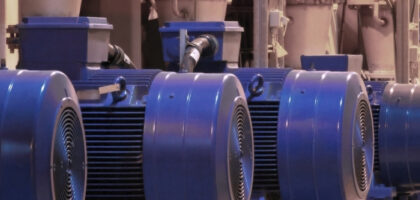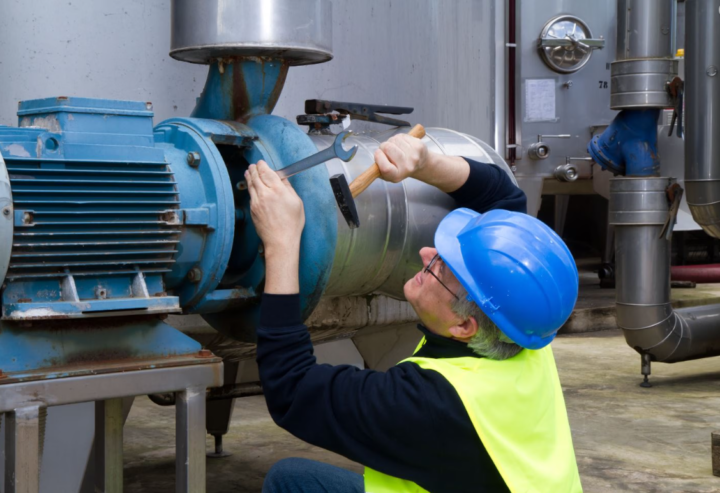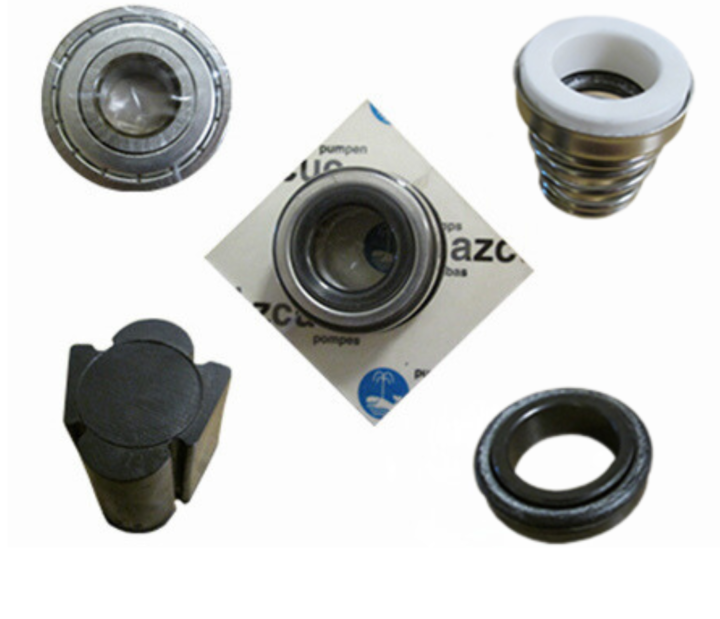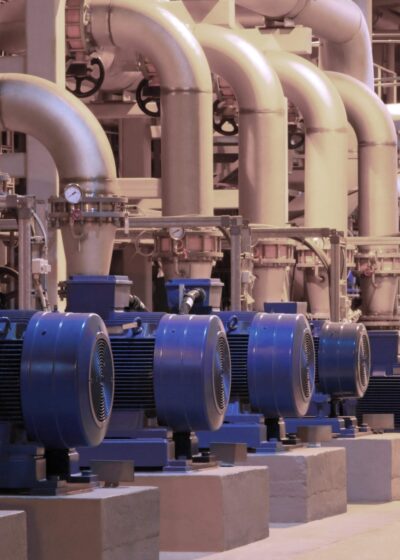
Pump Maintenance – Why, When and How!

Industrial plants, factories and vessels rely heavily on the reliability of their equipment and machinery; pumps being a core part of this. Downtime of a pump can costly in terms of loss of output and the cost of repairs. Imagine your pump plays a critical role in your production line; it is responsible for dosing a specific quantity of ingredient into a mix. If the pump unexpectedly fails, then the production of the mix comes to a halt. A pump failing on board a ship out at sea can have even worse implications, especially if it one required for the safety or operation of the vessel. Pump maintenance is therefore an integral operation within any plant to limit this costly downtime…
Maintenance is commonly split into two classifications; corrective and preventive maintenance. Corrective maintenance is essentially maintenance that is undertaken to cope with a pump failure that has already occurred. It has to be undertaken as quickly as possible to get the installation up and running again with as little impact on operation as possible.
Relying on corrective maintenance however is an issue. It means that maintenance is only carried out once a problem has already arisen rather than preventing the problem from happening in the first place. To avoid downtime caused by unexpected problems with the pump, it is important to introduce a preventive maintenance schedule.
Employ Preventive Maintenance
If you have a pump on site and you don’t already have a maintenance programme in place, then your first step should be to make someone responsible for this, maybe your inhouse engineer or operations team. Most pump engineers offer servicing contracts and can carry out any required maintenance then and there. However, it’s good practice to be able to inspect your pump yourself more regularly to catch any issues in between your services.
A pump maintenance programme would generally involve a periodic check of the pump performance, an inspection of the wearing parts and lubrication of bearings and joints. It is good practice to carry out a visual inspection of the pump installation on a daily basis. Spotting an issue early is one of the best methods of trouble shooting and preventing pump breakdown. Most of the things to look out for should be easily visible, these include:
- Leaks - Check the pump and pipework for any leaks that need to be dealt with, as they will result in reduced performance and loss of pump output as well as mess. Common leaking points are from the stuffing box or the mechanical seals. Mechanical seals are a wearing part and need to be routinely replaced.
- Unusual noise - One of the first signs of a problem with your pump is noise. Like anything with a motor, a consistent hum when the pump is running is quite normal. However, abnormally loud noises or a clunking or crunching sound is likely to indicate an issue e.g. worn bearings. A popping sound, particularly if it is near the impeller, could mean the pump is experiencing cavitation which can cause a lot of damage.
- Extreme vibration - A properly installed, well working pump should not overly vibrate, and therefore any level of vibration deemed excessive should be investigated. Common causes include impeller imbalance, damage and misalignment of the pump and motor.
- Corrosion - Rusting, cracking or discoloration of the pump casing or pipework need to be acted on immediately as these are all signs of corrosion. Corrosion can not only result in pump failure through a weakening of the casing and components, but also contamination of the fluid being pumped.
- Overheating - The pump, motor or bearings getting really hot is not something that should be ignored as it always indicates some form of problem. Some explanations may be internal rubbing/wearing of parts, that the wrong power has been put into the pump, the pump has been running against a dead head or that it has been running at a duty it cannot efficiently maintain.
- Clogging - The presence of solids can result in the clogging of impellers or valves if the pump is not capable of handling the size of the solids that have attempted to pass through. You will usually notice clogging quite quickly as the pump will not be delivery the same quantities of fluid.
Whilst these are examples of typical daily checks, other checks however are required less regularly. One of the largest causes of pump downtime is pump owners not routinely replacing wearing parts and instead waiting for them to fail before changing them. It is recommended to replace certain components such as the mechanical seals and impellers every 1-2 years to prevent leaking and other issues. Best practice is to hold stock of typical wearing parts on site to prevent any delay in being able to maintain your pump if any components fail.

Make Things Easier With a Pump Maintenance Schedule
Just like the below, preventive pump maintenance should to be planned into a periodic maintenance schedule. By setting out when certain tasks should be carried out, maintenance becomes a smoother more efficient process and tasks don't get "forgotten" about. Not only does it reduce the likelihood of unexpected pump failures and downtime, it also helps to reduce the cost of ownership as replacing wearing parts for example is a much cheaper process than replacing an entire pump.
| Frequency | Staff Needed | Time | Task |
| DAILY | 1 | 10-15 minutes |
|
| WEEKLY | 1 | 20-30 minutes |
|
| MONTHLY | 1 | 20-30 minutes |
|
| ANNUALLY | 2 | 2-3 hours |
|
| 2 YEARS OR 10000 HOURS | 2 | 6-8 hours |
|
Table taken and adapted from Pump Engineer (2015), Technical Paper: Pump Maintenance Scheduling.
Do you have spares ready on site?
Make sure you're ready to carry out maintenance without delay by having pump spares in stock. Send us your pump model and serial number and we will do the rest!


